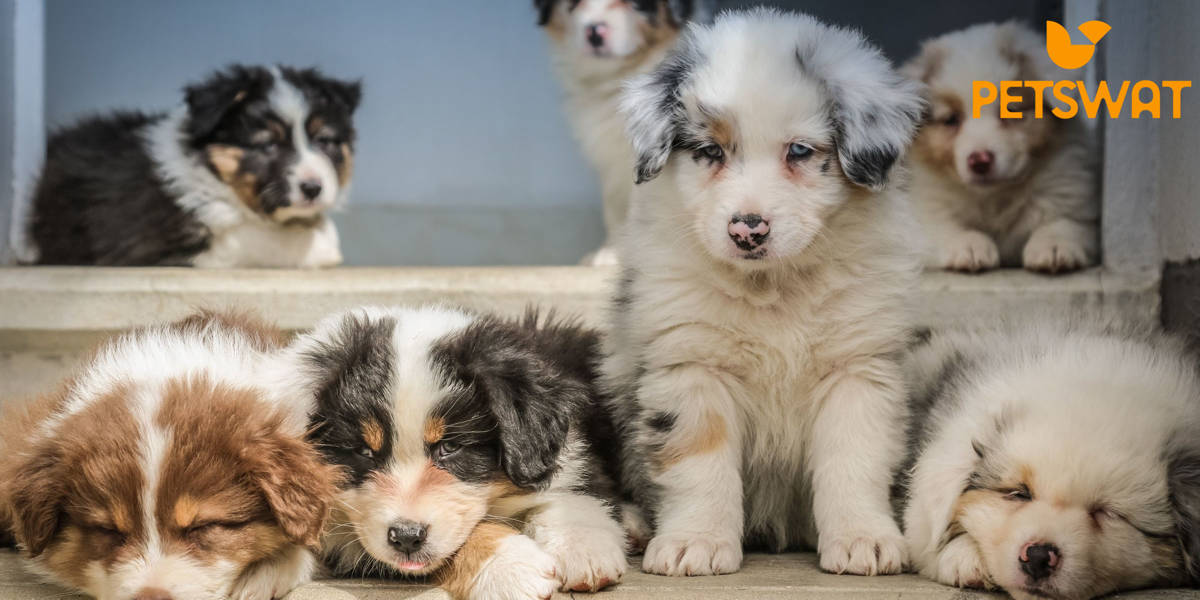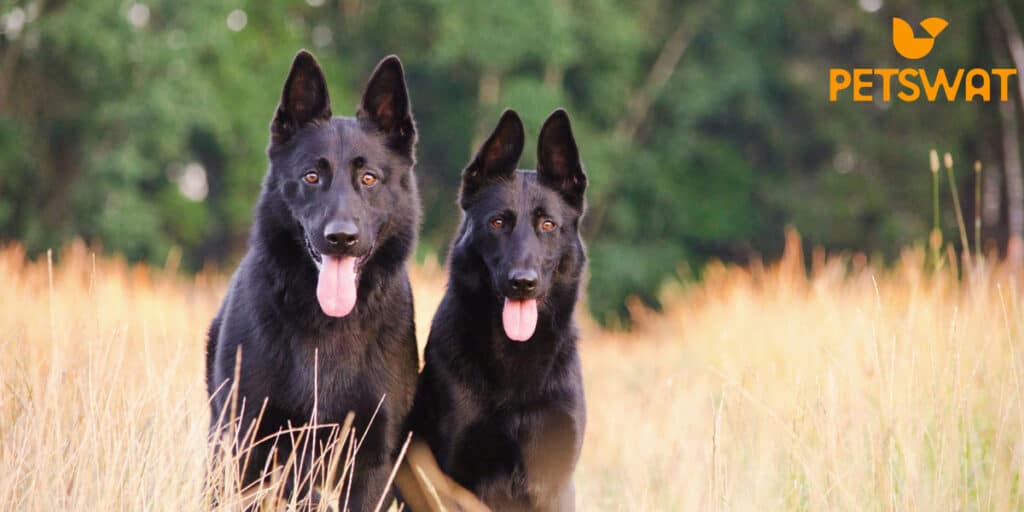Training a single dog can be a rewarding experience, but what about training multiple dogs? The dynamics of a multi-dog household present unique challenges and opportunities. Whether you’re a proud owner of a pack of pups or considering adding a second (or third) furry friend to your family, this guide will equip you with essential insights and strategies on how to train multiple dogs effectively. From establishing leadership to fostering cooperation, get ready to navigate the world of training with multiple canine companions! 🐾🐶🐶
TL;DR: Training multiple dogs requires unique strategies to establish harmony and obedience. This guide provides insights and techniques for successful training in a multi-dog household. Each dog has its personality, needs, and interactions, which can make the training process both challenging and rewarding.
Understanding the Dynamics of a Multi-Dog Household
- Pack Hierarchy:
- Establishing Leadership: Set clear boundaries to avoid conflicts and establish yourself as the leader.
- Individual Personalities: Recognize that each dog has its personality and place within the pack.
- Cooperative Training:
- Group vs. Individual Training: Balance group training sessions with one-on-one sessions to address individual needs.
- Promoting Cooperation: Use the presence of other dogs as a positive motivator for good behavior.
When considering having multiple dogs in your household, it’s important to choose breeds that are known to get along well with each other. However, keep in mind that individual personalities and socialization play a significant role in determining the compatibility of dogs. Here are some dog breeds that are generally known to live well together:
- Golden Retriever and Labrador Retriever: Both breeds are known for their friendly and social nature. They tend to be good-natured and get along well with other dogs.
- Cavalier King Charles Spaniel and Beagle: These smaller breeds are often compatible due to their friendly and adaptable personalities.
- Boxer and Bulldog: These breeds typically have a gentle and affectionate disposition, making them compatible housemates.
- Poodle and Bichon Frise: Both breeds are intelligent and sociable, making them a good match for cohabitation.
- Pug and French Bulldog: These breeds are known for their affectionate and playful nature, which can create a harmonious environment.
- Border Collie and Australian Shepherd: These high-energy breeds can do well together if they receive enough mental and physical stimulation.
- Dachshund and Miniature Schnauzer: These smaller breeds often have similar energy levels and can develop a close bond.
- Shih Tzu and Maltese: These toy breeds tend to be compatible due to their gentle and affectionate nature.
- Poodle and Labrador Retriever: This combination can bring together the intelligence of the Poodle and the friendliness of the Labrador.
- Basset Hound and Cocker Spaniel: These breeds are generally sociable and can have a good rapport.
Remember that individual temperament, early socialization, and proper introductions play crucial roles in how well dogs get along. It’s recommended to introduce dogs gradually and monitor their interactions to ensure a smooth integration into your multi-dog household.
Additionally, consulting with a professional dog trainer or behaviorist can provide valuable guidance on choosing compatible breeds and successfully introducing them to one another.
Essential Techniques for Training Multiple Dogs
- Basic Obedience Commands:
- One-at-a-Time Approach: Train each dog separately to ensure they grasp the basics.
- Group Reinforcement: Practice commands together to reinforce obedience in a group setting.
- Focus and Attention:
- Individual Attention: Train each dog to focus on you individually.
- Group Focus: Practice group focus exercises to have all dogs pay attention together.
- Name Recognition:
- Distinct Names: Teach each dog its name to prevent confusion during training.
- Group Name Response: Practice having all dogs respond when their names are called together.
Managing Training Sessions
- Structured Routine:
- Consistent Schedule: Have set training times to establish routine and consistency.
- Separate Spaces: Train each dog in a separate space to minimize distractions.
- Rewards and Reinforcement:
- Individual Rewards: Reward each dog separately for performing commands correctly.
- Group Rewards: Use group rewards for cooperative behaviors, like walking calmly together.
Addressing Challenges in Multi-Dog Training
- Jealousy and Competition:
- Equal Attention: Give equal attention to all dogs to avoid feelings of jealousy.
- Distraction Management: Use treats and toys to redirect any competition for resources.
- Differential Learning Rates:
- Individual Pacing: Recognize that dogs may learn at different rates.
- Patience and Consistency: Continue training until all dogs grasp the desired behavior.
- Professional Assistance:
- Consulting a Trainer: Seek advice from a professional dog trainer experienced in multi-dog training.
- Customized Plans: A trainer can help tailor a training plan to suit the specific needs of your dogs.
Conclusion on How to Train Multiple Dogs?
Tips From Experienced: Training multiple dogs requires patience, consistency, and understanding the dynamics of your pack. Tailor your approach to each dog’s personality and needs while fostering cooperation and a harmonious environment.
FAQs
Q1: Can I train all my dogs together from the start?
A: While some group training is beneficial, begin with individual training sessions to ensure each dog understands commands.
Q2: Is it possible to have a peaceful pack without conflicts?
A: Yes, by setting clear boundaries, providing equal attention, and using positive reinforcement, you can create a harmonious pack.
Q3: How can I prevent one dominant dog from intimidating the others?
A: Establish yourself as the pack leader, manage resources, and use separate training sessions to prevent dominance issues.
Summary
Training multiple dogs requires adapting your training techniques to the dynamics of a multi-dog household. With patience, consistency, and tailored strategies, you can build a strong bond and achieve obedience with all your canine companions.
Fun Fact: Dogs are social animals by nature, and training them together can create a sense of camaraderie and cooperation among the pack members.
Originally posted 2023-01-12 15:59:31.
Johny is a dedicated pet enthusiast, author, and the driving force behind the insightful content at PetSWAT. With a deep passion for animals and a wealth of knowledge acquired through years of experience, Johny brings a unique perspective to the world of pet care and companionship.



